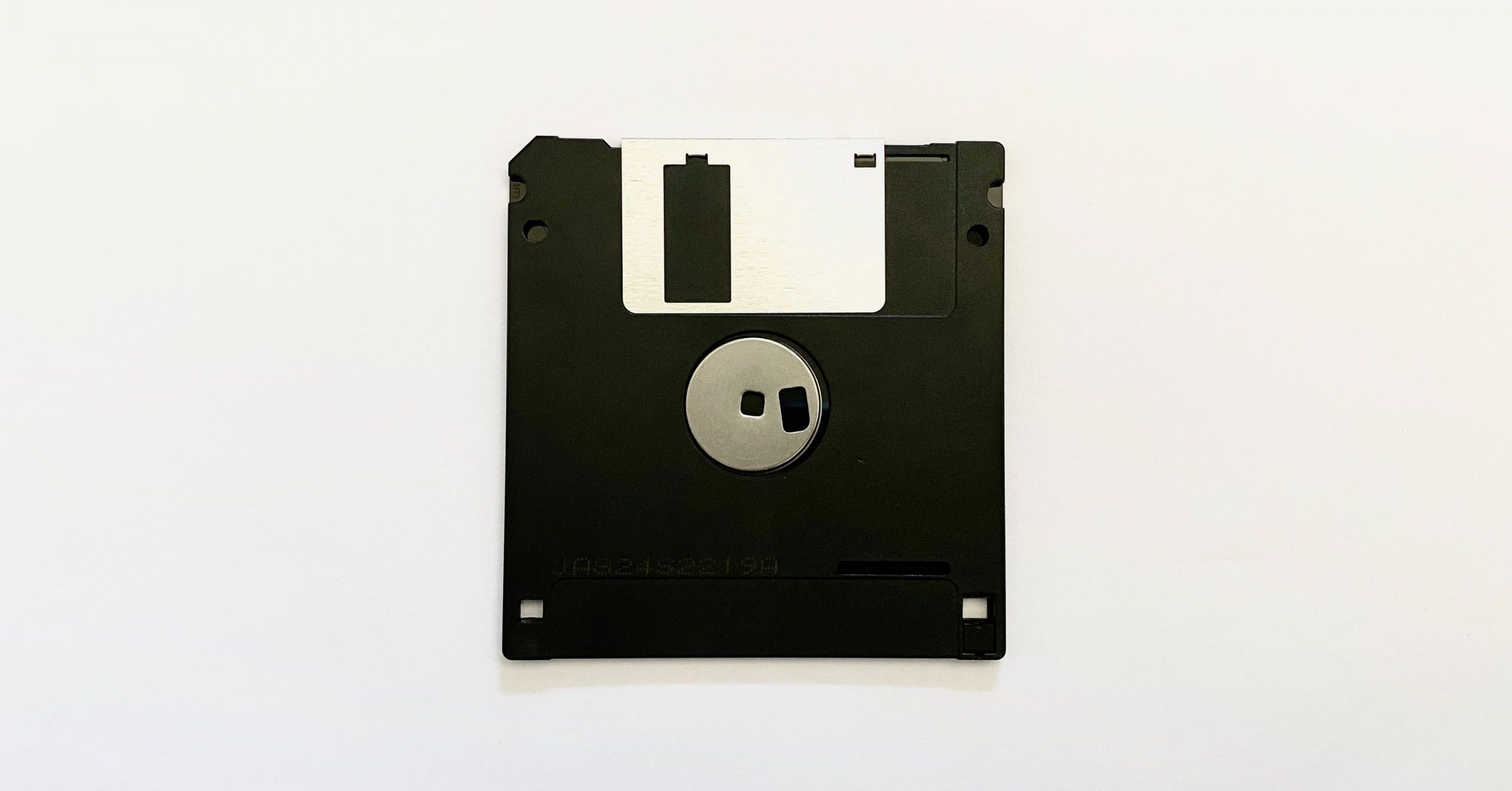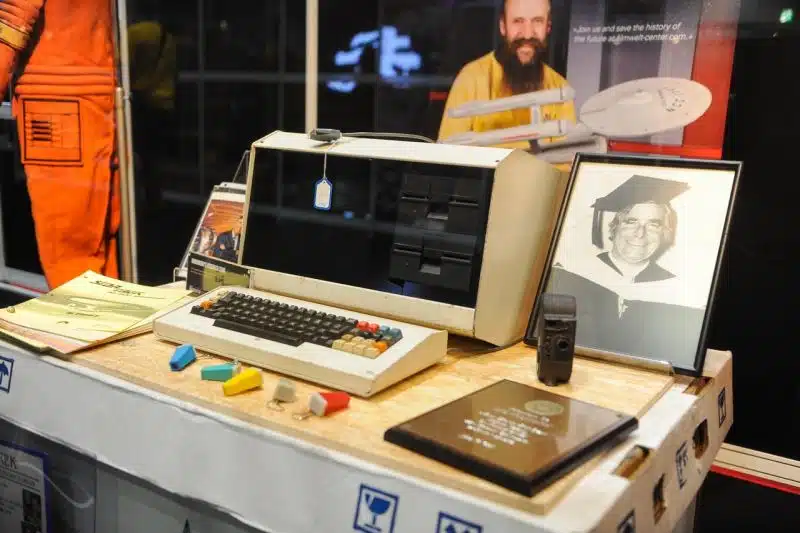Summary: Ken from Computer Clan paid a visit to DriveSavers, ready to unravel the mysteries…
Extreme Tech: Roddenberry, Restored: Team Recovers Nearly 200 Floppies Owned by Star Trek Creator


Originally published by Extreme Tech.
The data recovery team at DriveSavers announced this week that it had successfully restored nearly 200 floppies worth of information previously owned byStar Trek creator Gene Roddenberry. The floppies in question were used by Roddenberry for story ideas, scripts, and note-taking, though the specific content of the disks has not been made public.
While Roddenberry died in 1991, the disks apparently weren’t discovered until a much later date. The problem was, Roddenberry owned two computers that could read them. One of the machines had been auctioned away in 2010, while the other was non-responsive at boot.
According to DriveSavers, the team worked for months to construct a method of reading the disks, claiming, “The custom-built computers had also used custom-built operating systems and special word processing software that prevented any modern method of reading what was on the disks.”
“After receiving the computer and the specially formatted floppies, DriveSavers engineers worked to develop a method of extracting the data. There was no user manual for the computer, nor was there any technical documentation to help guide them.”

PC World quotes Mike Cobb, director of engineering at DriveSavers, as stating that the CP/M environment caused significant problems. But was this the case?
ExtremeTech spoke with Herb Johnson, the proprietor of Retrotechnology.com and a former employee of both Kodak and DEC. Retrotechnology offers parts, equipment, and information on a dizzying array of vintage computer systems, including Sun systems, classic Macintosh computers, the S-100, early SGI hardware, and several DEC minicomputers. Retrotechnology also covers both the CP/M operating system and floppy disks of the 1970s and 1980s, so we reached out to Herb to get his thoughts.
According to Mr. Johnson, the first IBM disk drives with IBM logos (as seen above) were single-sided drives with a 160KB storage capacity (the PC World story states that the system utilized “5.25-inch double-density disks capable of storing a whopping 160KB).” That fits the capabilities of at least one drive, though the exact capabilities of the FDD would depend on when it was manufactured. Floppy disks of this time period were typically classified according to whether they were single or double-sided as well as whether they were single or double density.
As for the CP/M OS, the difficulty of deciphering its file system may have been exaggerated. Again, Mr. Johnson “CP/M formats do vary, but my experience and others is that by inspection of sectors of text, most CP/M formats can be deciphered and files extracted. Programs which support dozens of CP/M formats for file copying, were created in the 1980’s and 90’s for use on CP/M and later IBM PC computers. Simple data tables were sufficient to describe those CP/M formats.” (There are technical exceptions which add complexity, but it’s not likely they apply in this particular case.)
“In fact, CP/M was sold by Digital Research, with all the tools and information needed to create new formats, and to migrate CP/M to new systems based on any Intel 8080-compatible processor. Migrated not by technical wizards, but by ordinary people with modest technical skills (for 1970’s computing).”
It is, of course, possible that DiskSavers simply didn’t know where to look for some of this information and was forced to recreate it from scratch. Retrieving and restoring data from forty year-old disks is no trivial matter, even when the file systems are known. Rescuing Roddenberry’s information is a significant achievement.
What kind of computer was this, exactly?
Details on exactly what kind of system Roddenberry owned are scarce, to say the least. We know it ran CP/M and photographic evidence shows it used dual 5.25-inch floppy disks. This was a common configuration of many systems in that era, and doesn’t help us much.
The use of an IBM disk drive implies that the system could be an IBM PC, but there’s only one logo — not two, as you might expect. The system is white, not beige, and the keyboard is a highly distinctive multi-color affair. The keyboard layout also doesn’t resemble any IBM standard I’ve ever seen.
I took a spin through every system listed on OldComputers.net, and found nothing that looked particularly likely. On the other hand, Cobb said that the DriveSavers team found software formatted for both DOS and CP/M. The IBM PC could run a version of both DOS and CP/M (CP/M-86), but it’s also possible that the DOS disks were used on a different machine rather than a hybrid OS.
As for what’s actually on the disks, we don’t know much besides “documents” — and documents were pretty much all anyone was storing on floppy disks back in the day. Two hundred floppies worth of data works out to roughly 31MB of information, and that’s quite a bit of writing. Scripts, Star Trek Phase II material, stories — the trove could contain virtually anything.
If you’ve got ideas about what kind of system Roddenberry was using, or you remember old interviews in a publication like Starlog where he spoke about the topic, sound off below.




